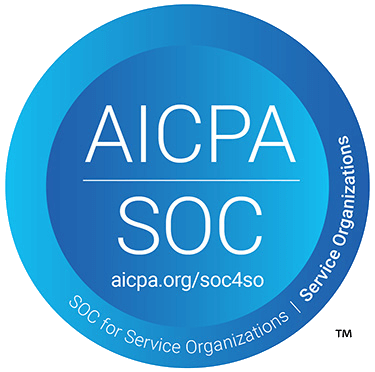staying ahead of the curve and leveraging cutting-edge tools is essential for providing the best possible services to your clients. One such valuable resource is offer in compromise software, which can significantly streamline and enhance the process of evaluating and submitting Offers in Compromise (OIC) and Partial Payment Installment Agreements (PPIA). In this in-depth article, we will explore the benefits and features of offer in compromise software, demonstrating how it can transform your tax resolution practice and help you deliver successful outcomes for your clients. By embracing the power of technology, you can further solidify your reputation as a forward-thinking and efficient tax expert in a competitive market.
As a tax pro, it’s your job to know what’s best for your clients, and that involves more than filing tax forms. Your clients may have other concerns, especially when they are in trouble with the IRS, and they’re counting on your sound advice.
If you don’t know how to respond or give them the wrong advice, you’ll be letting them down. Worse than that, you could also pull unnecessary funds right out of their pockets.
let’s discuss the difference between an OIC and a PPIA and what you do when a client with a tax liability is contacted by the IRS by mail.
NOTE: Be sure your clients are aware that the IRS does not contact by phone or make threats. Read more here about what the Justice Department is calling the biggest scam in history.
Act Quickly
When your clients receive letters from the IRS because of tax delinquency or liens it’s important to act quickly on their behalf. Time is definitely of the essence. Will you know what to do?
For instance, do you know the difference between an Offer in Compromise (OIC) and Partial Payment Installment Agreement (PPIA)? You’ll come across this issue many times in your career and knowing the difference is essential. Choose wisely.
Simply Put
Basically, a Partial Payment Installment Agreement (PPIA) requires your tax delinquent clients to give a part of their earnings to the IRS, and an Offer in Compromise (OIC) requires your clients to give a part of their assets to the IRS.
See the difference? Sometimes, an Offer in Compromise is better than an IRS Partial Payment Installment Agreement and sometimes not. For now, let’s talk about which to use when.
Partial Payment Installment Agreement
Generally, if a taxpayer has insufficient assets to liquidate, and income is too low for a full payment plan, the IRS accepts PPIA applications. Are there specific qualifications? Of course. You’re dealing with the IRS. The Internal Revenue Manual will tell you what they are.
Okay, we know you’re busy. Here they are:
- Limited disposable monthly income
- Owe over $10,000
- File Forms 433 and 9465
- No outstanding returns
- Not in bankruptcy
- No offer in compromise in force
- Limited assets
How Do You Calculate Payment?
Calculate your client’s payment based on his or her disposable income in Form 433. The IRS expects the maximum, but if you go too high you risk your client defaulting on the agreement. The filing fee is $225. However, if your client elects the direct debit option, it’s $107. That’s a big savings.
Want a quick fix for OIC calculations? No problem. As an IRS Solutions Software member, you can even toss your calculator. Our OIC feature with ‘Negotiation Intelligence’ will help you calculate the percentage of the total tax bill payable in an IRS settlement. In fact, our software offers step-by-step guidance for solving the toughest IRS disputes including Installment Agreement and Currently Not Collectable.
This may sound simple, and it’s pretty straightforward, but keep in mind there are advantages and disadvantages to both a PPIA and OIC. An OIC is attractive because it wipes out a good portion of tax liability, but just as there are pros, there are cons. Part Two in our series will clarify.
In both cases, there are IRS Dealings, lengthy phone calls, and paperwork. Be sure to get the training you need to simplify the processes.
Members Only Benefits
IRS Solutions Software gives you the confidence to provide services you may have been uncomfortable with in the past. Another benefit of membership is the training you get on our monthly case study calls. Don’t Miss Out! Sign up with IRS Solutions Software.








